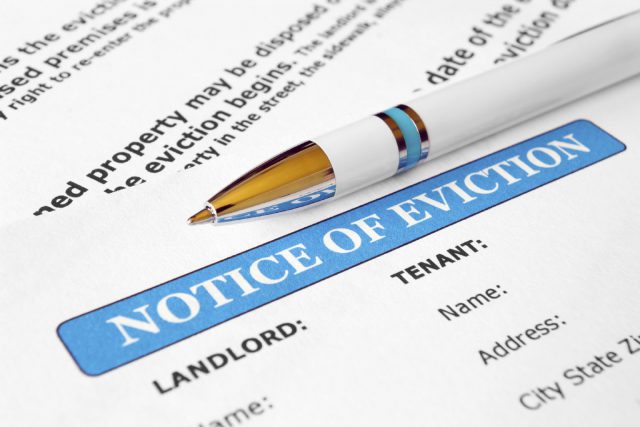Demand for rental homes to pass 1 million in 5 years
More analysis of the rental market, this time from real estate advisor Savills, has found that demand for rental accommodation could rise by more than one million households over the next five years.
This will come as a blow to the Government, which has set of target of building 400,000 affordable properties over the course of the Parliament. If the predictions are true, the firm says that there will need to be a further 220,000 homes for rent per annum.
Changes
Upcoming changes in legislation for landlords will see demand for accommodation slow, but Savills still predict that the sector will grow by 1.1m households by 2021.
The steady economic recovery and record low interest rates have still not stemmed the tide of demand for rental property. In fact, house price inflation pushing ahead of wage growth has served to move homeownership even further out of reach for many. This comes at a time when social housing stock has dipped by 2.8% in the last five years, meaning more households have been forced back into privately rented accommodation.
According to the latest English Housing Survey, private renting has grown by a huge 17,500 households per month in the decade to 2014. The Government hope that their policies, including Shared Ownership schemes and Right to Buy/Help to Buy will reverse this spiral, by helping more people access the property ladder.

Demand for rental homes to pass 1 million in 5 years
Sharp rises
‘Demand for rented homes could still rise more sharply than we have forecast,’ noted Susan Emmett, director Savills residential research. ‘We would question whether policies can accelerate housebuilding enough to see the Government’s target of 400,000 affordable homes for sale reached in the timescale set. And given the overlap between the different schemes, each focused at similar parts of the market, it is possible that one scheme could simply replace the other rather than providing additional homes.’[1]
‘This analysis demonstrates that we still need to provide a substantial number of homes for rent. Government policy should focus on supporting the development of new homes to rent as well as to buy,’ she continued.[1]
[1] http://www.propertyreporter.co.uk/landlords/demand-for-rented-homes-to-swell-by-over-a-million.html







